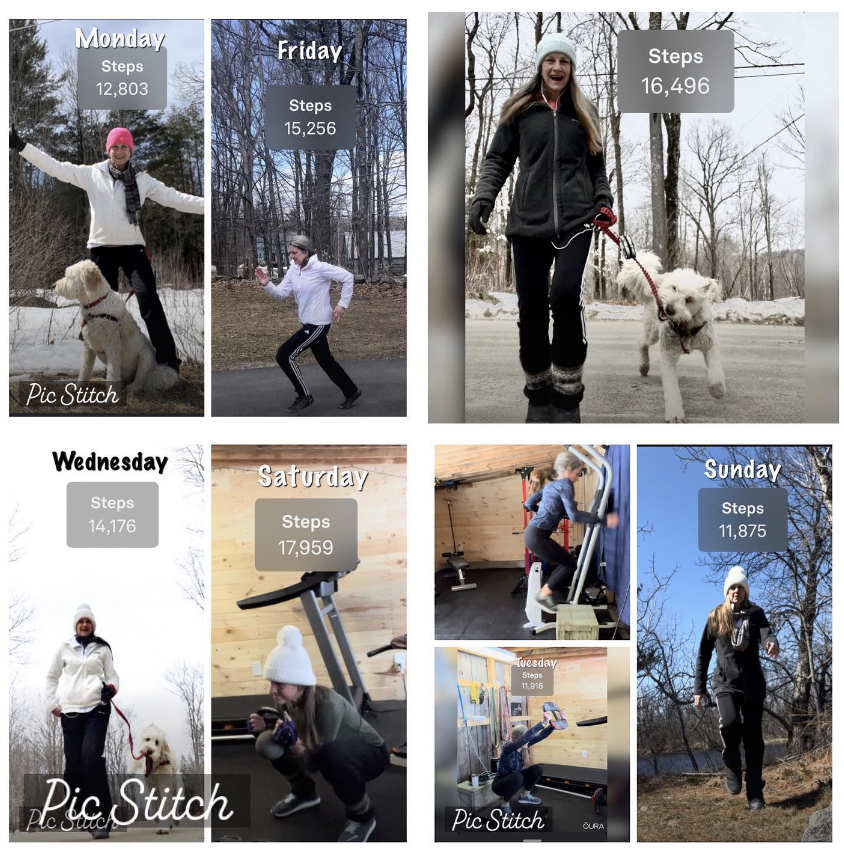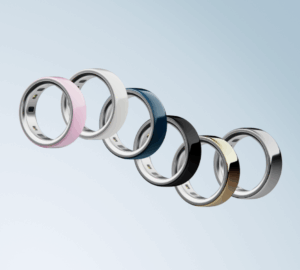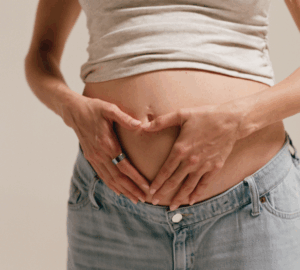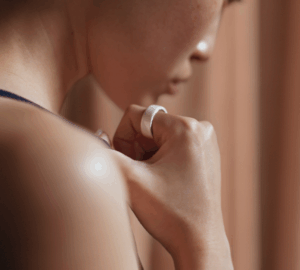Who: Linda R., 63, New Hampshire
Interesting Oura insight: For the past few years, Linda has shared a weekly summary of her Oura Ring step count and exercise for the week on her Instagram. She does this to stay accountable, and to motivate others!
How did you learn about Oura?
I first learned of Oura at my first biohacking conference in Pasadena in 2016. But a few dark years led to that moment.
At around 50, my health took a severe turn. I was forced to retire early, and my life as an active fit person became a painful lonely life. Unrecognizable, I became sedentary – even spending time wheelchair-bound, experiencing chronic fatigue syndrome and chronic migraines. I felt lost and without purpose.
When I realized my doctors could not help me get well and medication wasn’t helping, I knew I had to figure it out on my own.
After four years, I discovered the power of holistic medicine, specifically food and lifestyle adjustments. I invested time learning from the health and wellness communities online, reading research papers, listening to lectures and podcasts, and looking for things to help me get better. I learned that I can fine-tune what I’m doing using the data being collected by Oura.
READ MORE: Got a Theory? Test It Out
How do you fine tune your habits to treat your condition?
I depend on Oura for insights into how my body is doing on a day-to-day basis. It took me a while to figure out how to fix my sleep and low HRV.
When I first got my Oura Ring, I was lucky if I got 15 minutes of deep sleep, and my low HRV indicated that my body was under stress. I also noticed how quickly food affected my scores. For example, I used to think I was able to eat sweet potatoes without any issues, but once I started wearing my Oura Ring, I noticed that on nights when I eat sweet potatoes, my HRV plummeted.
Testing my diet with Oura led me to adopt an anti-inflammatory ketogenic diet as I saw the best improvements in my data.
READ MORE: How To Increase Your HRV (Heart Rate Variability)
Aside from improving my diet and sleep, starting a regimented exercise routine has been hugely beneficial. I exercise daily, predominantly weight lifting and walking. I walk a minimum of four miles every day!
But my main form of exercise is weight lifting. I have found that building strength is better than doing “chronic cardio.” Even at 63, after being sedentary and wheelchair-bound, I have been able to build muscle – don’t let all the nay-sayers tell you differently! When I was ill, all my muscles atrophied. I’ve now rebuilt my strength, and feel strong.
READ MORE: Is It Good to Have a High Heart Rate During a Workout?
It took two years of constant effort to combat the migraines and another 18 months to finally get rid of the anxiety that I had been experiencing. I’m happy to say that the adjustments I’ve made to my life have allowed me to be migraine and anxiety-free since 2017.
How have you managed to stay motivated?

Accountability is important as it keeps me on track. Every Sunday, I post an accountability post on my Instagram featuring my Oura Ring step count for the week. I track it every day and create a collage. I’ve done that for quite a while now because I feel like it gives my Activity Score some credibility.
I am still in the process of constantly optimizing my body, my health, my life, and my sleep. Oura helps me do that.
What would your advice be to someone looking to improve their health?
First, don’t overthink it. There are so many basic things you can do to get well, such as getting morning sunlight, improving your sleep hygiene, and cleaning up your diet. In fact, most of my healing came from nutrition and sleep. I often say, “Sleep like it’s your job!”
My commitment since I got well has been to live by example and spread the word that everyone has the ability to get better.
What’s Your Oura Story?
Everyone’s story is unique, and we’d love to hear yours. Share your story here.










